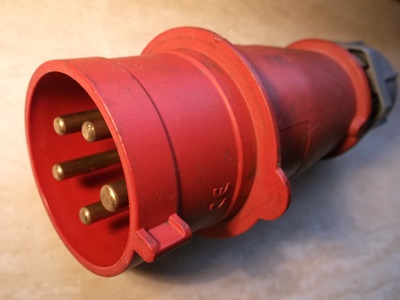How to Get 3-Phase Power in a Home
Table of Contents (quick-links)
-
- What preparations are needed for 3-phase power?
- What precautions do I need to take when installing 3-phase power?
- How do I begin installation of 3-phase power?
- Are there different forms of 3-phase power installation?
When it comes to power provision, it is worth questioning whether or not it’s possible to have 3-phase power, the high-end power system mostly used for big equipment. The good news is that the technology is now much more readily available and can be used in homes. The 3-phase power works with three alternating currents that are separated uniformly in phase angle. The three phases share a common leg, neutral in the installations.
What preparations are needed for 3-phase power?
Before starting off the process of installing 3-phase power in your house, you first of all need to assemble the necessary equipment. Also, for a single meter, less than 7.5kw (10HP) load should be installed, particularly in domestic areas. However, once it exceeds that level, then a 3–phase energy meter should be installed to regulate the power consumption. It’s therefore much more practical for your home space. Here are some of the steps on how to get the 3-phase power in your house.
What precautions do I need to take when installing 3-phase power?
When working on the electrical equipment it’s important to take the following precautions into account to avoid the likelihood of being harmed during the wiring process.
– First of all, ensure you have fully disconnected the power source before beginning installation for any three phase power source in the house.
– Secondly, ensure the size of cable you use is appropriate to serve the purpose effectively.
You’ll hugely reduce any risks by following these key points.With the roundup information, you’ll be in a great position to start off the wiring process for installing 3-Phase power in your home.
How do I begin installation of 3-phase power?
The first step is connecting the 3-phase energy meters to ensure that they are placed at the right points to avoid faults. Secondly, it is important to connect the (moulded case) circuit breaker. This works as the main switch to the other phases from the 3-phase meter.
After successfully doing this, the third step now is now connecting the phases which are outgoing from the Moulded Case Circuit Breaker to the Double Pole. After this, connect the neutral wires to the RCDs. When this is completed successfully, you can then connect them to neutral links and eventually to the specific loads.
Are there different forms of 3-phase power installation?
Yes, it’s important to be aware of the fact that you can also decide to use a 4-Pole Moulded Case Circuit Breaker instead of the more standard 3-Pole. However, to make sure that you do this successfully, you should ensure that you connect the neutral in the last slot of the Moulded Case Circuit Breaker used for the incoming and outgoing which is the case in other phases.
In addition to this, another noteworthy instruction is that in phase wiring, the line to line voltage should be 440V and Line to Neutral Voltage is 230V.

 same day delivery
same day delivery
 20,000+ stock, great deals!
20,000+ stock, great deals!
 Experienced staff on hand
Experienced staff on hand
